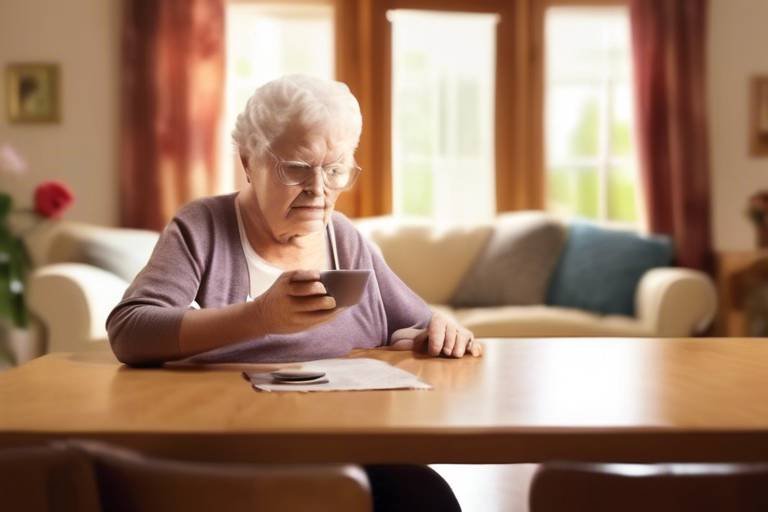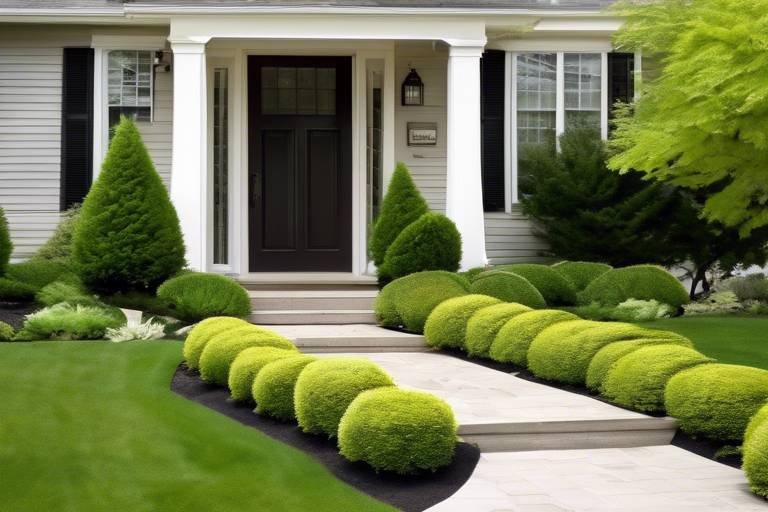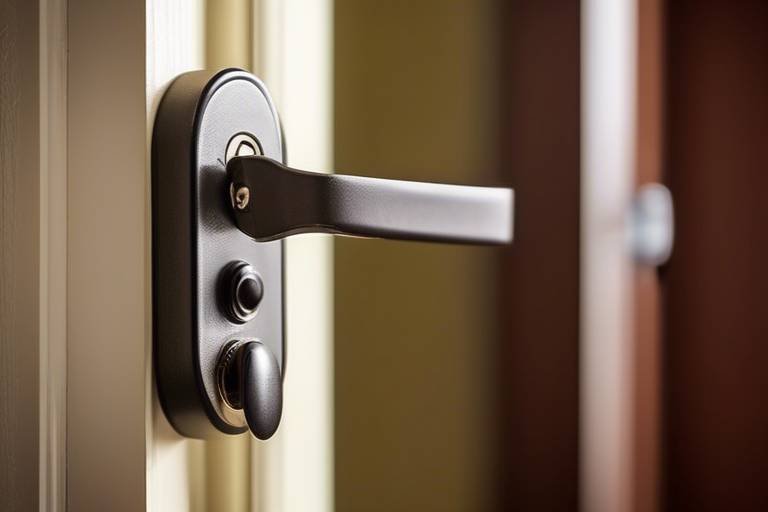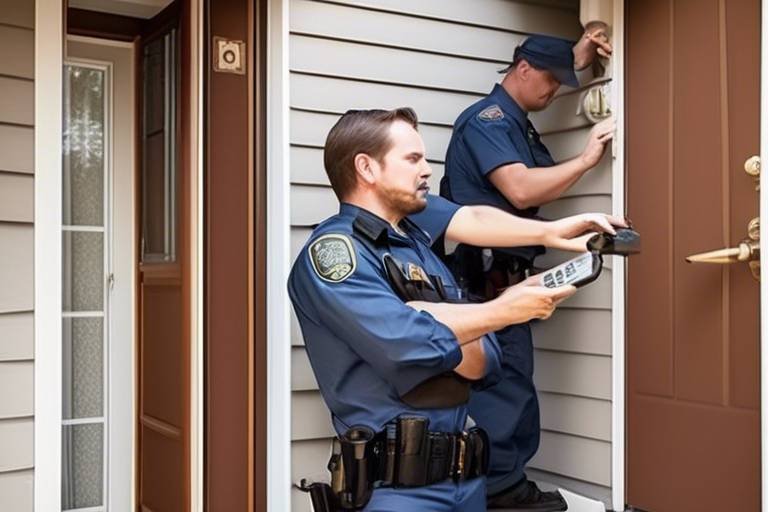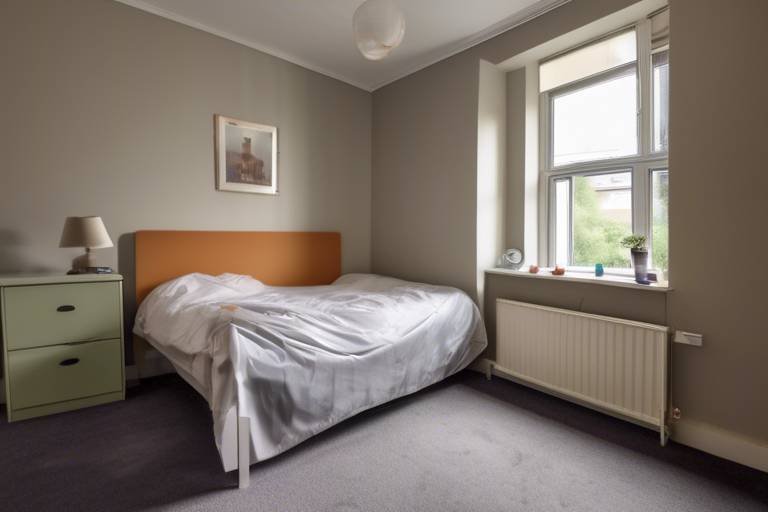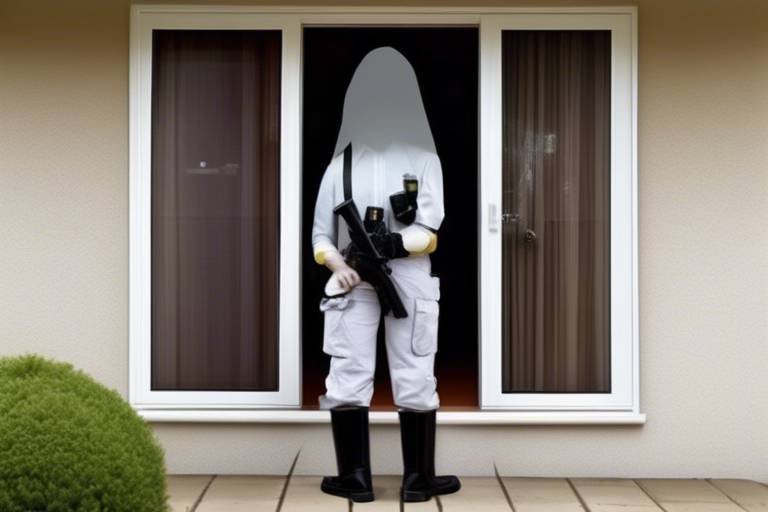Home Safety Tips for Seniors Living Alone
As we age, the comfort of our own home becomes a sanctuary—a place filled with memories, personal touches, and a sense of security. However, living independently also brings its own set of challenges, especially when it comes to safety. This article provides essential safety tips for seniors living independently, focusing on practical measures to enhance their security and well-being at home. Whether you're a senior yourself or a caregiver looking out for a loved one, understanding how to make a home safer is vital. So, let's dive into some effective strategies that can help transform a living space into a safer haven.
Identifying potential hazards in the home is crucial for seniors. A well-assessed home can significantly reduce the risks of accidents. Start by walking through each room and looking for common hazards such as:
- Loose rugs that can trip someone up
- Poor lighting in hallways and staircases
- Clutter that obstructs pathways
Once you’ve identified these risks, it’s time to take action. For example, securing rugs with double-sided tape or removing them altogether can prevent falls. Installing brighter light bulbs or motion-sensor lights can illuminate dark areas, making navigation safer.
Being prepared for emergencies is vital. Unexpected situations can arise at any moment, and having a plan in place can make all the difference. Start by creating a simple emergency contact list that includes family members, friends, and local emergency services. Place this list in an easily accessible area, like on the refrigerator.
Additionally, consider investing in a medical alert system. These devices allow seniors to call for help with the push of a button, providing peace of mind for both the individual and their loved ones. Regularly reviewing and practicing your emergency plan can ensure that everyone knows what to do when the unexpected happens.
Falls are a leading cause of injury among seniors, but many of these accidents can be prevented. Implementing some straightforward strategies can significantly reduce the risk. Start by decluttering your living space; ensure that pathways are clear and free from obstacles. Next, consider installing grab bars in bathrooms and railings on staircases for added support.
Wearing appropriate footwear is another essential aspect of fall prevention. Shoes should fit well and have non-slip soles. And let’s not forget about regular exercise! Activities like yoga or tai chi can improve balance and strength, making a world of difference in preventing falls.
Securing the home is essential for safety. The peace of mind that comes from knowing your home is secure cannot be overstated. Simple measures like installing deadbolts on doors and ensuring windows are locked can significantly enhance security. Consider adding a peephole to your front door—this allows you to see who is outside before opening the door.
Additionally, outdoor lighting can deter potential intruders. Motion-activated lights are particularly effective, as they illuminate dark areas when someone approaches. If feasible, installing a home security system can provide an extra layer of protection and alert you to any unusual activity.
Technology can enhance safety for seniors in various ways. From smart home devices to wearable gadgets, the options are plentiful. For instance, smart speakers can help seniors control their environment with voice commands, making it easier to adjust lighting or call for help.
Wearable technology, such as fitness trackers, can monitor health metrics and even detect falls. Many of these devices can send alerts to emergency contacts, ensuring that help is always within reach. Embracing technology can provide seniors with greater independence while keeping them safe.
Social isolation can pose risks to seniors. Loneliness can lead to mental health issues and a decline in physical health. It’s essential to maintain social connections for emotional and physical well-being. Regularly reaching out to friends and family can make a significant difference. Consider scheduling weekly phone calls or video chats to stay connected.
Joining community groups or clubs can also provide opportunities for social interaction. Whether it’s a book club, gardening group, or exercise class, engaging with others can boost mood and overall health. Remember, a strong support network is invaluable!
Routine health check-ups are vital for seniors. Regular medical visits help monitor ongoing health and detect potential issues early. It’s essential to maintain a schedule for check-ups and screenings as recommended by healthcare professionals. Keeping track of medications and understanding their side effects is equally important.
Encouraging open communication with healthcare providers can help seniors feel empowered about their health. Don't hesitate to ask questions or express concerns during appointments. Knowledge is power—especially when it comes to health!
Making home modifications can enhance accessibility. Simple changes can facilitate easier movement within the home. For example, removing thresholds between rooms can create a smoother transition for those using walkers or wheelchairs. Additionally, rearranging furniture to allow for wider pathways can improve navigation.
Consider installing a shower chair or a raised toilet seat to make bathroom visits safer and more comfortable. These modifications may seem minor, but they can greatly enhance daily living for seniors.
Establishing a reliable support system is crucial. Building a network of family, friends, and neighbors for assistance can provide seniors with the help they need when challenges arise. Regularly check in with loved ones and let them know how they can assist you. This could be anything from grocery shopping to simply having a chat over coffee.
Community resources, such as local senior centers or support groups, can also be invaluable. These networks foster connections and can provide additional support when needed. Remember, it’s okay to ask for help—everyone needs a hand sometimes!
Q: What are some quick safety tips for seniors living alone?
A: Start by securing your home with locks and alarms, decluttering to prevent trips, and keeping emergency contacts handy. Regular check-ups and maintaining social connections are also vital.
Q: How can technology help seniors feel safer at home?
A: Technology like medical alert systems, smart home devices, and wearable health monitors can provide safety and peace of mind, making it easier for seniors to live independently.
Q: What should I do if I feel unsafe at home?
A: If you feel unsafe, reach out to family or friends for support. Consider enhancing your home security and don’t hesitate to contact local authorities if you feel threatened.
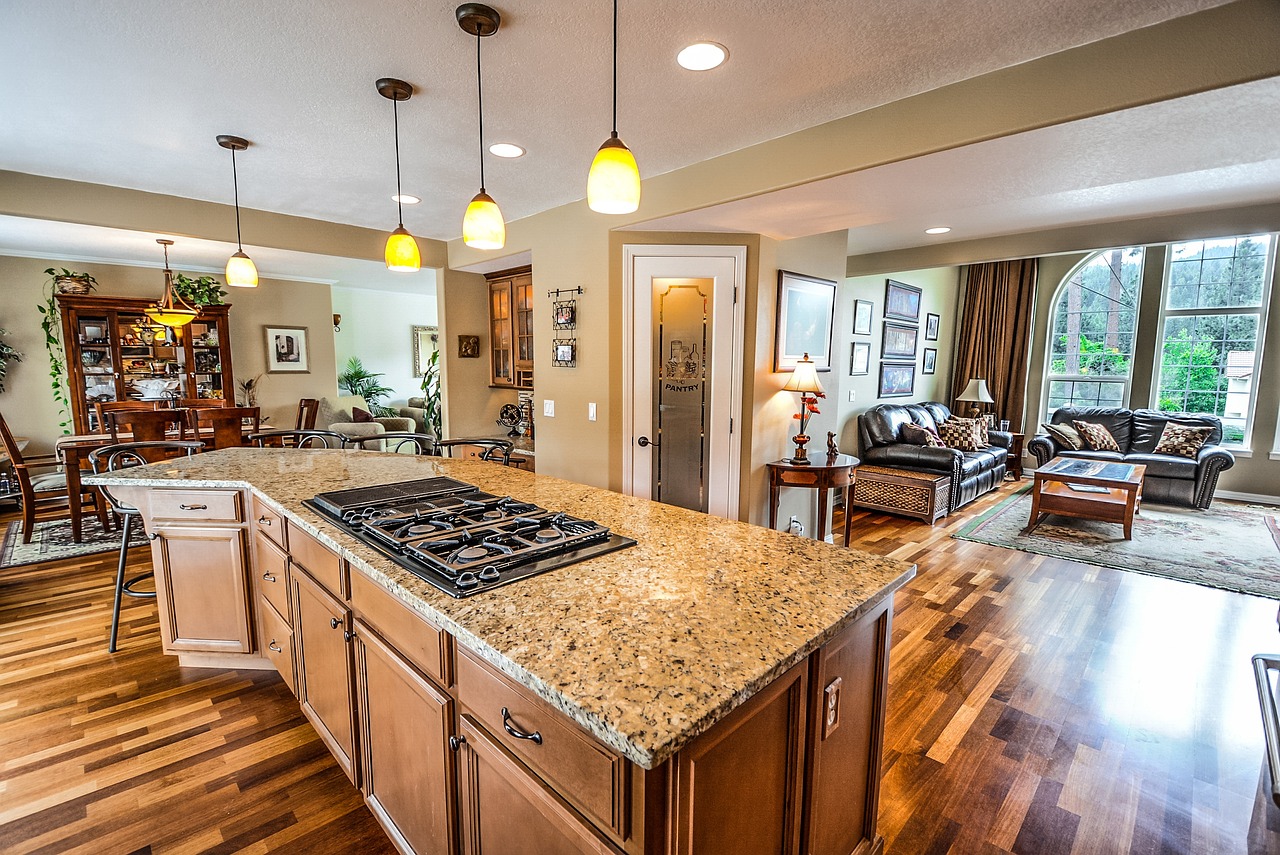
Assessing Home Hazards
When it comes to ensuring a safe living environment for seniors, is a critical first step. Imagine walking through your home with a fresh set of eyes, noticing the things you might have overlooked for years. This process isn’t just about identifying risks; it’s about creating a sanctuary that promotes safety and comfort. Common hazards can lurk in places you least expect, from cluttered hallways to slippery bathroom floors. So, let’s dive into the most frequent culprits that could pose a risk and explore how to effectively mitigate these dangers.
First and foremost, tripping hazards are everywhere. Think about it: loose rugs, electrical cords, or even that stack of magazines you’ve been meaning to sort. These seemingly harmless items can turn into dangerous obstacles. To tackle this, consider securing rugs with non-slip mats or removing them entirely. Additionally, ensure that all cords are neatly tucked away and that pathways are clear of any clutter. The goal is to create a smooth, unobstructed flow through your home.
Another area to focus on is the bathroom. Did you know that falls in the bathroom are particularly common? The combination of wet surfaces and limited mobility can spell disaster. To enhance safety, install grab bars near the toilet and in the shower. Non-slip mats can also be a game-changer. By taking these simple steps, you can significantly reduce the risk of slips and falls in this essential space.
Let’s not forget about lighting! Poorly lit areas can be a recipe for accidents. Imagine stumbling in the dark trying to find the bathroom at night. It’s crucial to ensure that all areas of the home are well-lit. Consider adding motion-activated lights in hallways and staircases to provide illumination exactly when it’s needed. This small change can make a world of difference in preventing accidents.
In the kitchen, the heart of the home, hazards can also abound. Sharp utensils, hot surfaces, and spills can create a dangerous environment. To mitigate these risks, keep knives in a designated area and out of reach of children or pets. Use oven mitts when handling hot pots and pans, and always wipe up spills immediately to prevent slipping. It’s about creating a space where cooking remains a joy rather than a hazard.
Lastly, don’t underestimate the power of regular assessments. Making it a habit to walk through your home every few months can help you spot new hazards before they become a problem. Consider keeping a checklist to guide your assessment, focusing on key areas like:
- Entryways and hallways
- Bathrooms
- Kitchen
- Living areas
- Bedrooms
By regularly reviewing these spaces, you can ensure that your home remains a safe haven. Remember, safety is not a one-time effort but an ongoing commitment to creating a secure living environment. So, grab a notepad, take a stroll through your home, and start identifying those hidden hazards today. Your future self will thank you for it!

Emergency Preparedness
Being prepared for emergencies is not just a precaution; it’s a lifeline for seniors living alone. Imagine waking up in the middle of the night to a sudden storm, or worse, a medical emergency. The key to navigating these unexpected situations lies in having a solid plan in place. Start by considering the types of emergencies that could occur in your area, such as natural disasters, power outages, or health crises. Each scenario requires a unique approach, but the foundation of preparedness remains the same.
One essential step is to create an emergency kit. This kit should be stocked with the basics that can sustain you for at least 72 hours. Think of it as your safety net. You wouldn’t jump into a deep pool without checking the water first, right? Similarly, having your essentials ready can provide peace of mind. Here’s a quick overview of what to include in your emergency kit:
| Item | Purpose |
|---|---|
| Water (1 gallon per person per day) | Hydration and cooking |
| Non-perishable food | Nutrition |
| Flashlight with extra batteries | Visibility during power outages |
| First-aid kit | Address minor injuries |
| Whistle | Signal for help if needed |
| Medications | Ensure you have enough for your needs |
Next, consider establishing a communication plan. In an emergency, it’s vital to have a way to reach out for help. Create a list of important contacts, including family members, friends, and local emergency services. Make sure this list is easily accessible—perhaps on your fridge or in your emergency kit. Don’t forget to discuss your plan with those contacts, so they know what to expect and how they can assist you.
Furthermore, practicing your emergency plan can make all the difference. Just like rehearsing for a play, knowing your lines can help you perform under pressure. Take some time to go through your plan with a family member or friend. Walk through the steps you would take in various scenarios, and make adjustments as necessary. This practice can help alleviate anxiety and ensure that you’re ready to act when it matters most.
Lastly, don’t underestimate the power of technology in emergency preparedness. There are numerous apps designed specifically for seniors to help them stay informed about weather alerts, emergency services, and even medical reminders. Having these tools at your fingertips can make navigating emergencies much easier. Think of them as your digital lifeguards, always ready to assist when the waves get rough.
In summary, being prepared for emergencies is a crucial aspect of living independently as a senior. By creating an emergency kit, establishing a communication plan, practicing your response, and utilizing technology, you can enhance your safety and confidence. Remember, it’s not about living in fear; it’s about empowering yourself to handle whatever life throws your way.
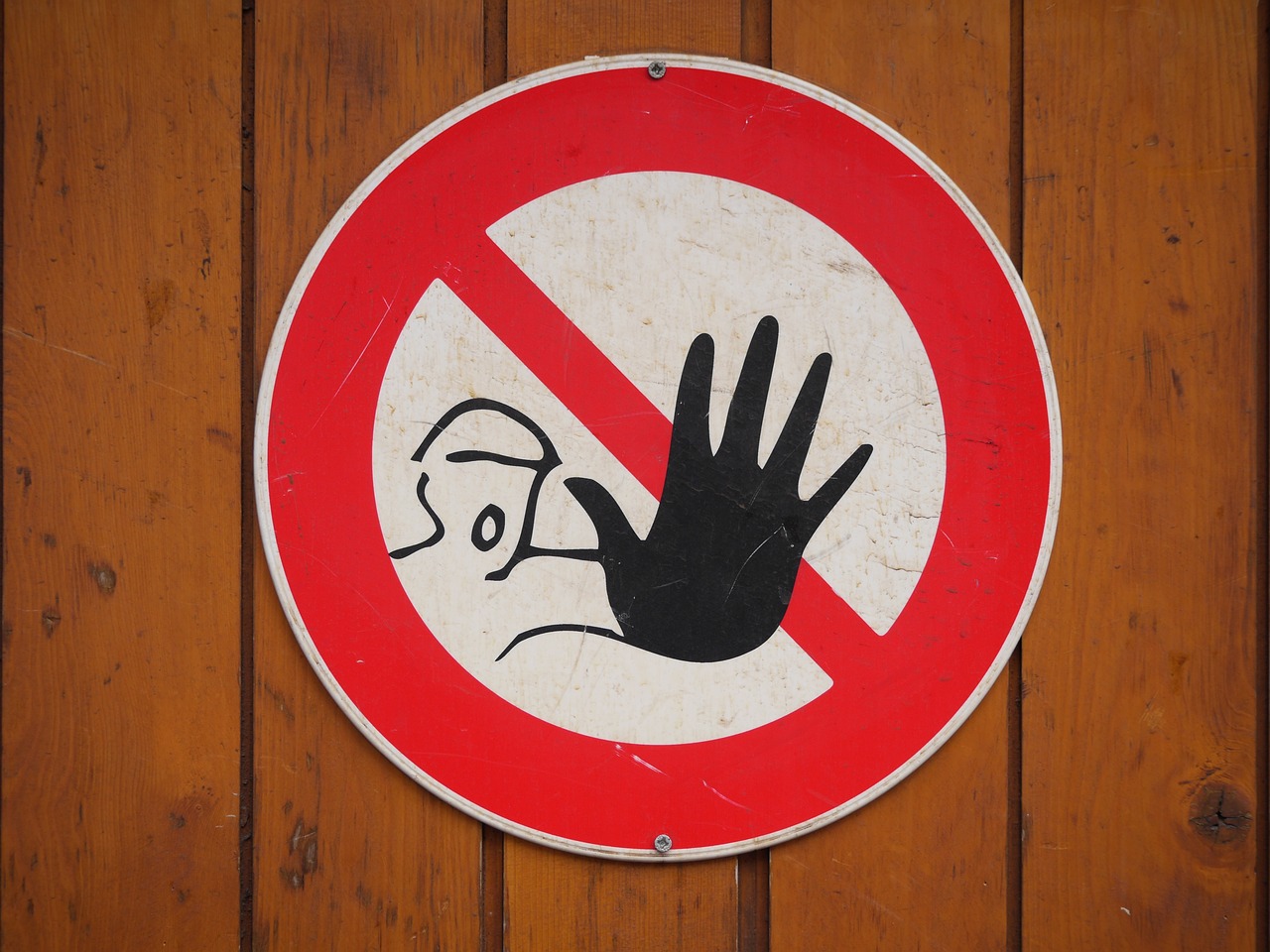
Fall Prevention Strategies
Falls can be a serious concern for seniors living alone, but the good news is that many strategies can be implemented to significantly reduce the risk. First and foremost, it’s essential to evaluate your living space. This means taking a close look at each room and identifying potential hazards. Are there loose rugs that could trip you up? Is there adequate lighting in hallways and staircases? A well-lit environment can make a world of difference. Consider using non-slip mats in areas prone to moisture, like bathrooms and kitchens, to prevent slipping.
Another effective strategy is to declutter your home. A clutter-free space not only looks better but also minimizes the risk of tripping. Make it a habit to keep pathways clear of items like shoes, books, or electrical cords. You might think of your home as a ship navigating through a storm; every obstacle you remove is like lightening the load to ensure a smoother journey.
In addition to decluttering, it's beneficial to invest in assistive devices that can provide support when moving around your home. For instance, grab bars installed in bathrooms can offer much-needed stability when getting in and out of the shower. Similarly, a sturdy handrail along staircases is crucial. If you’re unsure where to install these devices, consider consulting with a professional who specializes in home safety for seniors.
Moreover, regular exercise can play a pivotal role in fall prevention. Engaging in activities that enhance strength, balance, and flexibility can significantly reduce the likelihood of falls. Programs like Tai Chi or yoga are excellent options that not only improve physical health but also promote mental well-being. Think of your body as a tree; the stronger the roots (your muscles and balance), the less likely it is to topple over in the wind (unexpected slips or trips).
Lastly, it’s wise to keep a fall response plan in place. This plan should include how to get help if you do fall. For instance, having a mobile phone within reach at all times or wearing a personal emergency response system (PERS) can be lifesavers. Be sure to share your plan with family or friends so they know how to assist you in case of an emergency.
- What are the most common causes of falls among seniors?
Common causes include slippery surfaces, poor lighting, clutter, and muscle weakness. - How can I make my home safer?
Consider decluttering, improving lighting, and installing grab bars in key areas. - Is exercise really effective in preventing falls?
Yes! Regular exercise enhances strength and balance, reducing the risk of falls. - What should I do if I fall?
Stay calm, assess your situation, and call for help if needed. Having a phone nearby can be crucial.
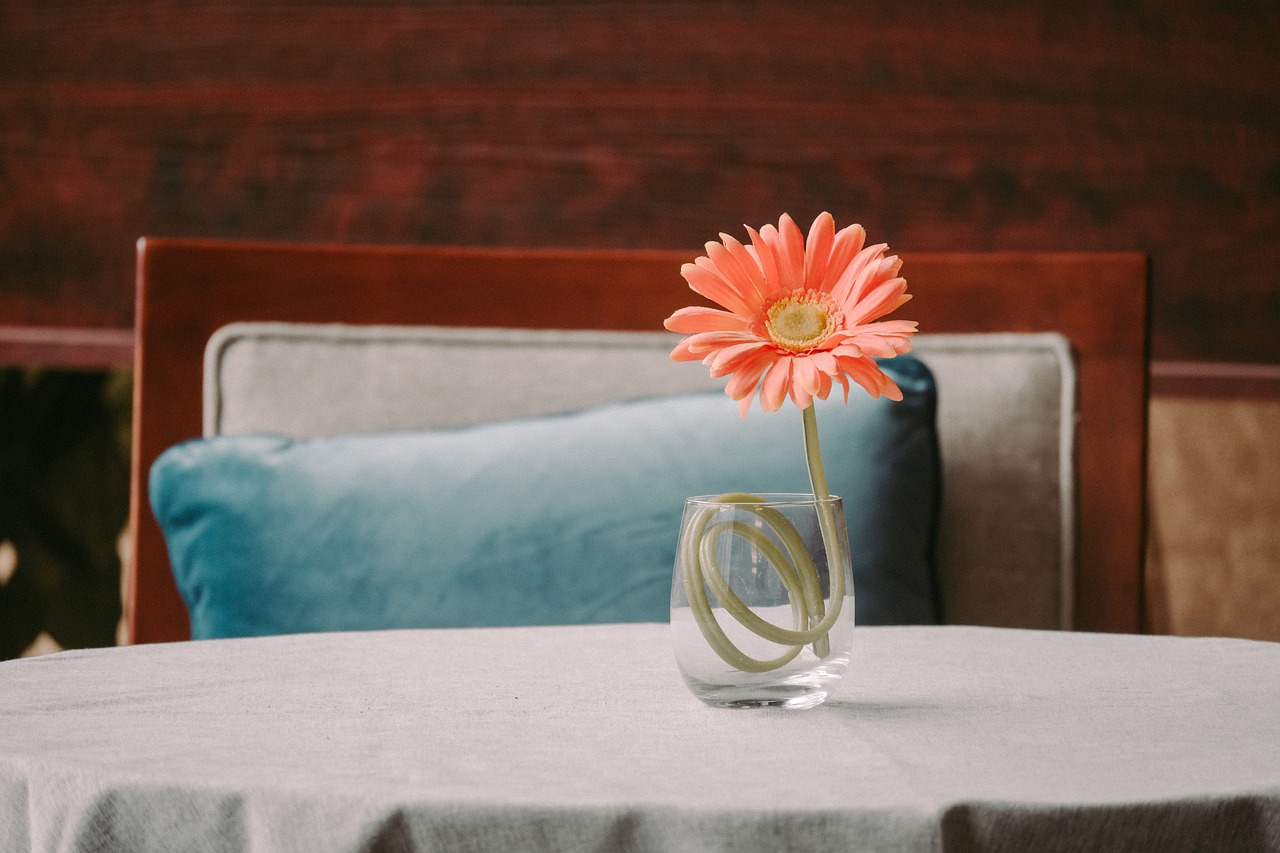
Home Security Measures
When it comes to home safety, especially for seniors living alone, securing your home is paramount. It's not just about locking doors; it's about creating a fortress of safety that allows you to feel comfortable and at ease in your own space. Imagine your home as a cozy cocoon, protecting you from the outside world. So, how can you fortify this sanctuary? Let's dive into some effective home security measures that can help you breathe easier.
First off, let's talk about the basics: **locks**. A sturdy deadbolt on your front door is your first line of defense. But don’t stop there! Consider installing a peephole or a video doorbell. These gadgets allow you to see who’s at your door without opening it, providing an extra layer of security. You might think, “I live in a safe neighborhood,” but it’s always better to be cautious. Remember, even the safest neighborhoods can have unexpected visitors.
Next, let’s shine a light on the importance of **outdoor lighting**. Poorly lit areas can be an invitation for unwanted guests. Installing motion-sensor lights around your home can deter intruders by illuminating any movement. It’s like turning on a spotlight at a theater; suddenly, the stage is bright, and the audience can see everything. You can also use solar-powered lights that are energy-efficient and easy to install. Imagine walking up to your home at night, feeling secure because every shadow is banished by light!
Another vital aspect is **window security**. Windows are often overlooked, yet they can be an easy entry point for burglars. Ensure all windows have sturdy locks, and consider adding window security film or bars for added protection. It’s akin to putting a shield on your castle; it makes it much harder for anyone to breach your defenses. And if you’re looking to enhance your privacy, sheer curtains can provide a barrier while still allowing natural light to flood your rooms.
Moreover, don't underestimate the power of **neighborhood watch programs**. Connecting with your neighbors can create a community of vigilance. When everyone looks out for one another, it fosters a sense of security. You can share tips, resources, and even keep an eye on each other’s homes while away. Think of it as having a team of superheroes dedicated to your safety; it’s comforting to know that someone has your back.
Finally, let’s not forget about the wonders of **technology**. Smart home security systems have come a long way and can be a game changer. With features like remote monitoring, alerts on your smartphone, and even automatic locks, you can keep tabs on your home no matter where you are. It’s like having a personal bodyguard that’s always on duty. Plus, many of these systems are user-friendly, making them accessible for seniors who may not be tech-savvy.
In conclusion, enhancing your home security is about creating a safe haven where you can thrive. By taking these steps—securing your doors and windows, utilizing outdoor lighting, engaging with your community, and embracing technology—you can significantly reduce the risks associated with living alone. Remember, safety is not just a luxury; it’s a necessity. So, take action today and transform your home into a secure sanctuary!
Q: What is the best type of lock for my front door?
A: A high-quality deadbolt is recommended, as it provides a strong barrier against forced entry.
Q: How can I improve my home’s lighting for security?
A: Installing motion-sensor lights around entry points and ensuring all pathways are well-lit can significantly enhance security.
Q: Are smart home security systems worth the investment?
A: Yes! They offer convenience and peace of mind, allowing you to monitor your home remotely and receive alerts on your phone.
Q: What should I do if I notice suspicious activity in my neighborhood?
A: Report it to local authorities and discuss it with your neighbors to keep everyone informed and vigilant.

Technology for Safety
In today's fast-paced world, technology has become a lifeline for many seniors living independently. It’s not just about having the latest gadgets; it’s about using these tools to enhance security and well-being. Imagine a world where help is just a button press away or where your home can alert you to potential dangers. This is the reality that modern technology offers!
One of the most significant advancements is the use of smart home devices. These include smart locks, security cameras, and motion detectors that can be easily monitored via a smartphone. For instance, a smart doorbell can let seniors see who is at their door without having to open it, providing an extra layer of security. Additionally, smart lights can be programmed to turn on automatically when someone enters a room, reducing the risk of falls in dimly lit areas.
Moreover, wearable technology is making waves in the senior community. Devices like smartwatches and fitness trackers not only monitor health metrics but also have emergency features. For example, many smartwatches now come equipped with fall detection technology that can automatically alert emergency services if a fall is detected. This is crucial because, in emergencies, every second counts!
Another remarkable innovation is the use of medical alert systems. These systems can be worn as necklaces or bracelets and allow seniors to call for help at the push of a button. They are especially beneficial for those who may have mobility issues or live alone. Imagine having the peace of mind knowing that help is always at hand, even if you’re unable to reach a phone.
Additionally, technology can assist in daily living tasks. Voice-activated assistants, like Amazon Alexa or Google Home, can help seniors manage their tasks without needing to move around too much. They can set reminders for medication, control smart home devices, or even call a family member simply by using their voice. It’s like having a personal assistant right there in the living room!
However, it’s important to remember that while technology can significantly enhance safety, it should be user-friendly. Many seniors may feel overwhelmed by complex devices. Therefore, choosing products that are intuitive and easy to use is essential. Consider involving family members in the selection process to ensure the chosen technology meets the senior's needs effectively.
In conclusion, embracing technology can dramatically improve the safety and quality of life for seniors living alone. Whether it’s through smart home devices, wearable technology, or medical alert systems, these innovations can provide peace of mind and independence. As we move forward, staying informed about the latest advancements will empower seniors to live safely and confidently in their own homes.
Q: What are some essential smart home devices for seniors?
A: Essential devices include smart locks, security cameras, and smart lights. These can enhance safety and help prevent falls.
Q: How does a medical alert system work?
A: Medical alert systems allow seniors to call for help at the press of a button, connecting them to emergency services or family members.
Q: Can technology help with medication management?
A: Yes, devices like smart speakers can set reminders for medication times, ensuring seniors take their medications as prescribed.
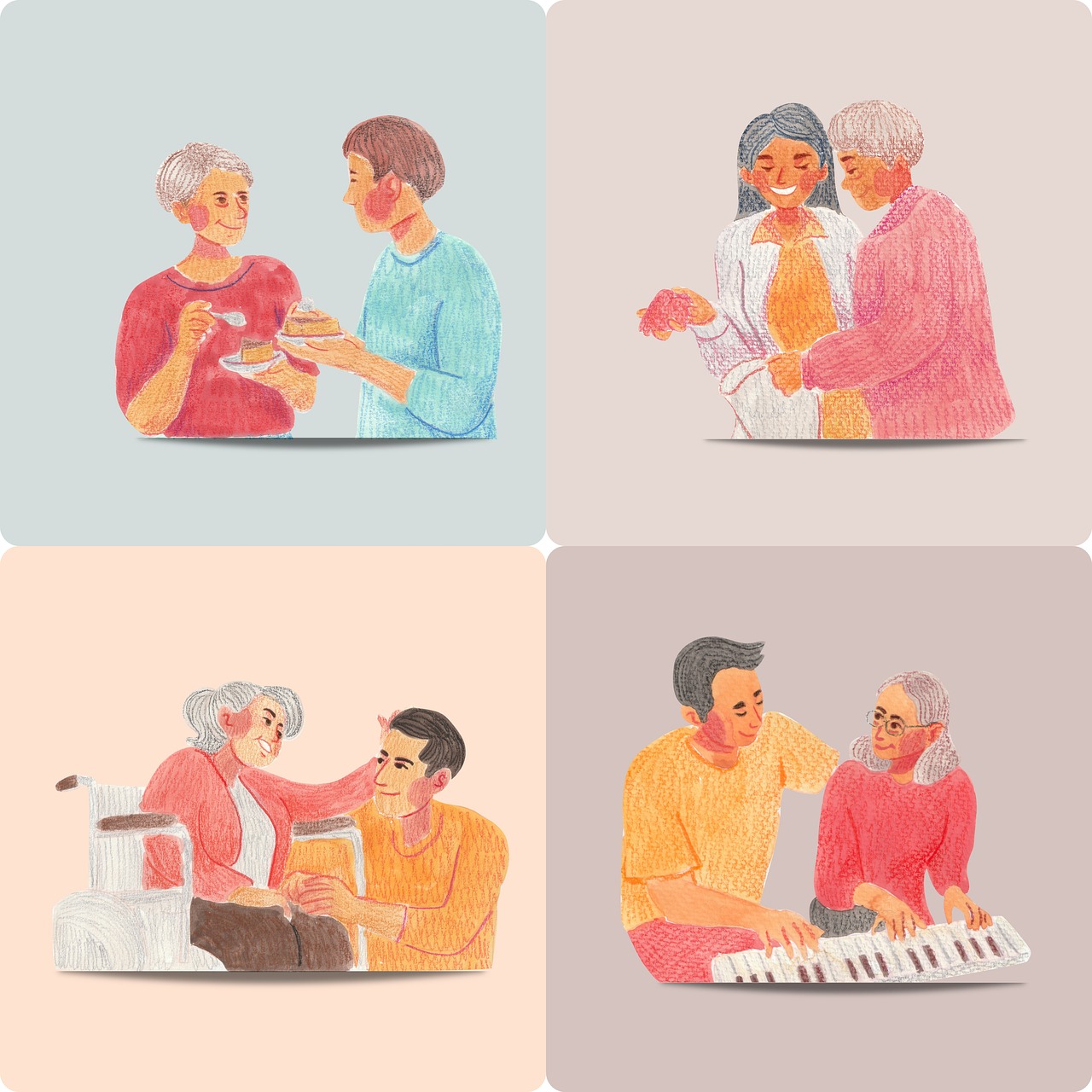
Maintaining Social Connections
Maintaining social connections is not just a luxury; it's a necessity, especially for seniors living alone. Think of social interaction as the sunshine that nourishes a plant. Without it, the plant wilts and struggles to thrive. Similarly, seniors who lack social engagement can experience feelings of isolation and loneliness, which can negatively impact their mental and physical health. So, how can seniors cultivate these essential connections?
First and foremost, it’s crucial to recognize that socializing does not always mean large gatherings or elaborate events. Sometimes, it’s the simple moments that matter most. Regular phone calls or video chats with family and friends can be incredibly uplifting. Imagine a weekly chat with a grandchild who shares stories about their day—this not only brings joy but also fosters a sense of belonging. Additionally, participating in community events or local groups can open the door to new friendships and social circles.
Moreover, technology can play a significant role in helping seniors maintain these vital connections. There are numerous apps designed specifically for social interaction, allowing seniors to connect with others easily. For instance, platforms like Facebook or Zoom can help seniors stay in touch with loved ones, no matter the distance. The key is to embrace these tools and not shy away from learning how to use them. After all, it’s never too late to pick up a new skill!
Another effective strategy is to engage in group activities or classes. Whether it’s a painting class, a book club, or a fitness group, being part of a community activity can foster friendships and provide a sense of purpose. These interactions can be as refreshing as a cool breeze on a hot day, invigorating the spirit and enhancing overall well-being.
To illustrate the importance of social connections, consider the following table that outlines the benefits of maintaining social ties:
| Benefit | Description |
|---|---|
| Improved Mental Health | Regular social interactions can reduce feelings of depression and anxiety, leading to a more positive outlook on life. |
| Enhanced Physical Health | Socially active seniors often experience better overall health, including lower rates of chronic diseases. |
| Increased Longevity | Studies show that individuals with strong social connections tend to live longer and healthier lives. |
In conclusion, maintaining social connections is crucial for seniors living alone. It’s essential to seek out opportunities for interaction, whether through technology, community involvement, or simply reaching out to loved ones. Remember, every little effort counts, and the rewards can be life-changing. So, let’s encourage our seniors to step out of their comfort zones and embrace the vibrant social lives they deserve!
Q: How can seniors find local community groups?
A: Seniors can search online for local community centers, libraries, or senior centers that often host various activities and groups.
Q: What if I am not comfortable with technology?
A: It’s okay! Many community centers offer classes for seniors to learn how to use technology effectively.
Q: How often should seniors socialize?
A: Ideally, seniors should aim to engage socially at least a few times a week, whether through calls, visits, or group activities.
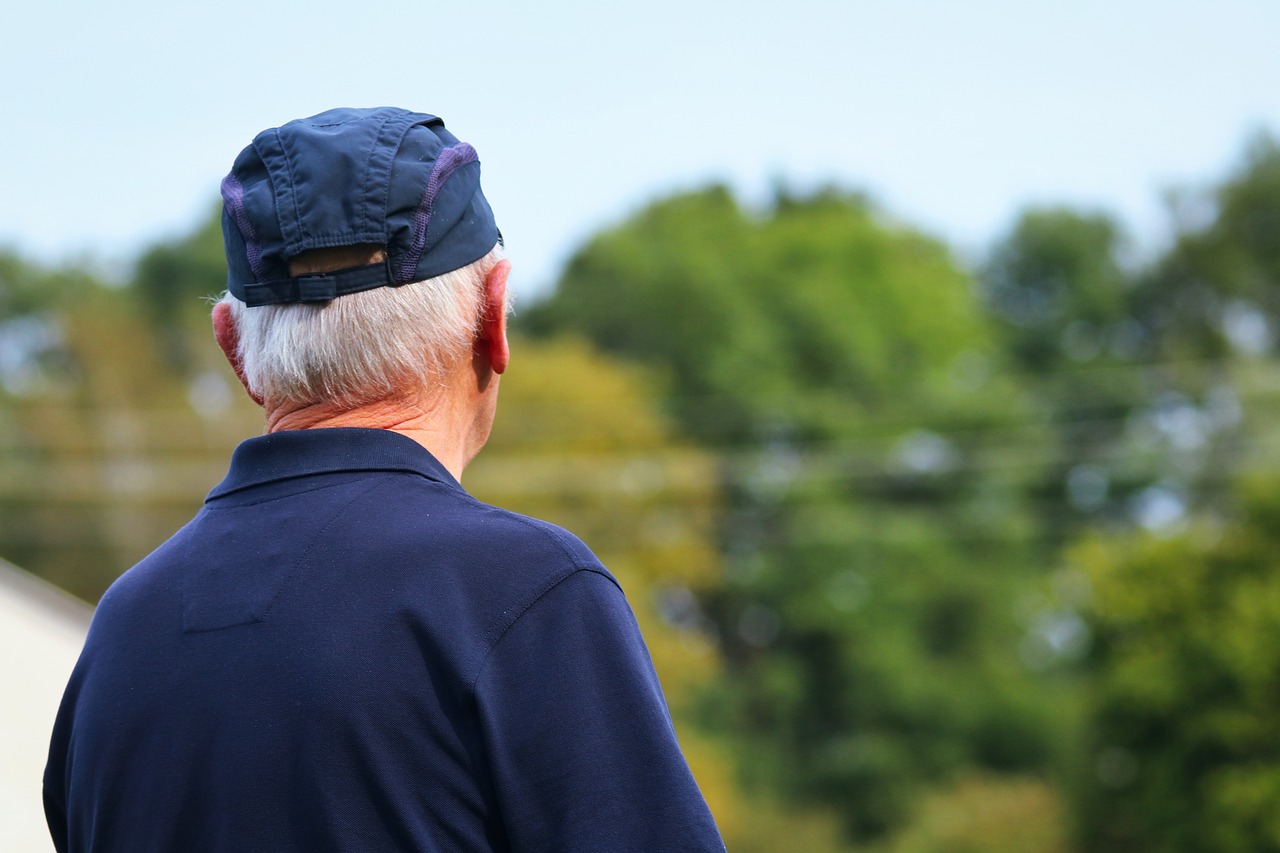
Regular Health Check-ups
When it comes to maintaining health, are like a safety net for seniors living alone. Just like a car needs routine maintenance to keep running smoothly, our bodies require consistent check-ups to ensure everything is functioning as it should. These visits to healthcare professionals can catch potential issues before they become serious problems, allowing seniors to continue enjoying their independence.
Imagine waking up one day feeling a bit off, but brushing it off as just another part of aging. However, that slight discomfort could be a symptom of something more significant. Regular health check-ups help identify these red flags early. They provide an opportunity for seniors to discuss any concerns they might have, from managing chronic conditions to addressing new symptoms that may arise. The key is to stay proactive rather than reactive.
During a typical check-up, a healthcare provider might conduct several important assessments, including:
- Blood Pressure Monitoring: High blood pressure can lead to severe health issues, so regular monitoring is crucial.
- Blood Tests: These can check for cholesterol levels, blood sugar levels, and other vital indicators of health.
- Medication Review: As seniors often take multiple medications, reviewing these can prevent harmful interactions.
- Physical Examination: A thorough physical can help identify any physical changes that may require attention.
Additionally, it’s not just about physical health. Mental health is equally important. Regular check-ups can provide a platform for discussing feelings of loneliness, anxiety, or depression, which can sometimes accompany aging. A healthcare provider can offer resources or referrals to mental health professionals if needed.
Establishing a routine for these health check-ups can be beneficial. Here’s a simple guideline to help seniors remember:
| Frequency | Check-up Type |
|---|---|
| Annually | Comprehensive Physical Exam |
| Every 6 months | Blood Pressure and Cholesterol Check |
| As needed | Mental Health Assessment |
In conclusion, regular health check-ups are a vital part of living a healthy, independent life. They empower seniors to take charge of their health, ensuring they remain aware of their physical and mental well-being. So, make those appointments, stay vigilant, and remember: your health is your wealth!
Q: How often should seniors have health check-ups?
A: Generally, seniors should have a comprehensive physical exam at least once a year, but more frequent visits may be necessary depending on individual health conditions.
Q: What should I bring to my health check-up?
A: Bring a list of your current medications, any health concerns you have, and your medical history to help the doctor understand your situation better.
Q: How can I find a good doctor?
A: Ask for recommendations from friends or family, check online reviews, or contact local senior centers for suggestions.
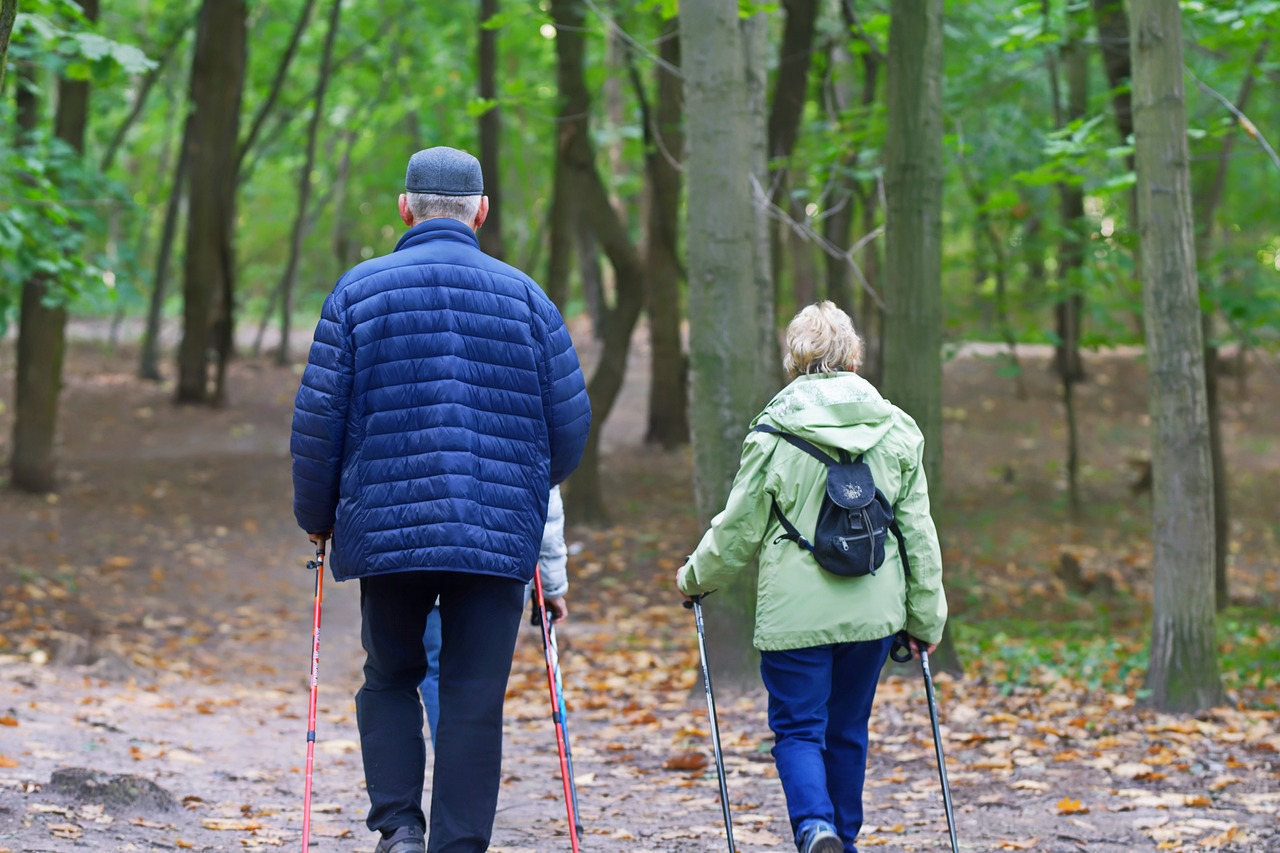
Home Modifications for Accessibility
Making home modifications for accessibility is like giving your home a personal makeover, tailored to meet the unique needs of seniors living alone. It’s all about creating an environment that not only looks good but also feels safe and navigable. Imagine being able to move around your home with the same ease you had in your younger years. Sounds ideal, right? Well, with a few thoughtful changes, this can be your reality!
First off, let’s talk about removing obstacles. This can include anything from clearing clutter to moving furniture that might be in the way. A clear pathway is essential for maintaining independence. You wouldn't want to trip over a stray shoe or a coffee table when you’re just trying to grab a snack from the kitchen. Simple modifications like this can make a world of difference.
Next, consider installing grab bars in key areas of your home. These are especially useful in bathrooms where slips and falls are more common. Having a sturdy bar to hold onto while getting in and out of the shower or using the toilet can provide that extra layer of security. It’s like having a friend lend you a hand, but it’s always there when you need it!
Another important modification is to ensure that your home is well-lit. Poor lighting can lead to accidents and falls. Think about adding motion-sensor lights in hallways and staircases, which can illuminate your path without the need to fumble for a switch. Plus, it’s an energy-efficient solution that can save you some bucks!
For those who use wheelchairs or walkers, widening doorways and hallways can greatly enhance mobility. It’s like giving your home a little extra breathing room. If you’re planning to make these changes, consult with a professional who can help you determine the best way to modify your space without sacrificing style.
Additionally, consider the height of your furniture. Lowering furniture or using items that are easier to reach can significantly reduce strain. For example, using chairs with arms can help seniors sit down and stand up with less effort. It’s all about making your space work for you rather than against you.
Lastly, think about your kitchen. Installing pull-out shelves and using non-slip mats can make cooking and meal prep safer and more enjoyable. After all, who doesn’t love whipping up a delicious meal without the fear of slipping or straining themselves? It’s about creating a space that promotes not just safety, but also independence.
By making these modifications, you’re not just enhancing accessibility; you’re also fostering a sense of confidence and freedom in your home. And let’s face it, who wouldn’t want to feel empowered in their own space? So, grab your toolbox or call in a professional, and let’s make your home a haven of safety and accessibility!
Q: What are some simple modifications I can make immediately?
A: Start by decluttering pathways, adding non-slip mats, and installing grab bars in the bathroom.
Q: How do I know if my home is safe for me?
A: Consider having a home safety assessment done by a professional who specializes in senior living to identify potential hazards.
Q: Are there financial assistance programs for home modifications?
A: Yes, many local and federal programs offer grants or low-interest loans for seniors to make necessary home modifications.
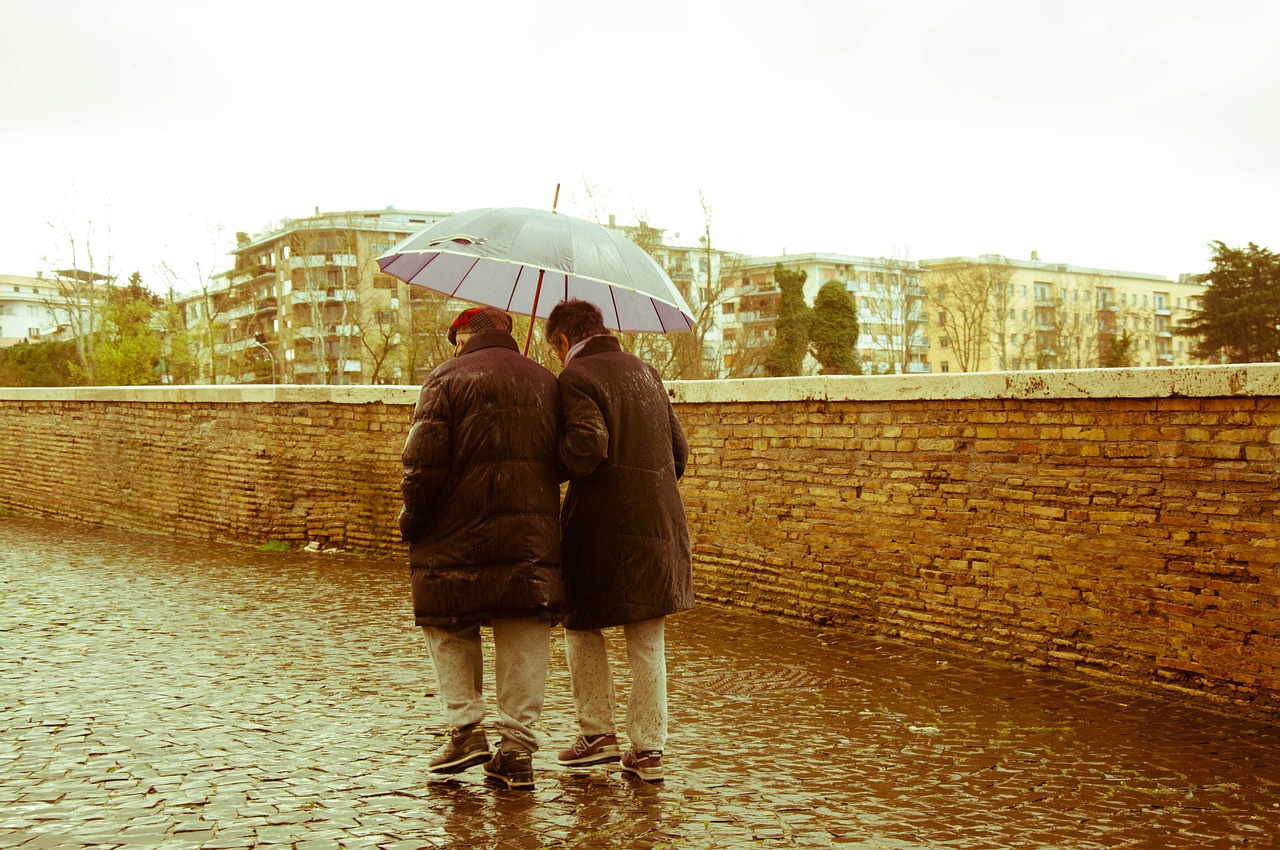
Creating a Support System
Building a support system is like constructing a safety net; it provides essential emotional and practical assistance that can make all the difference in a senior's life. Imagine trying to walk a tightrope without a net below—daunting, right? That's how seniors living alone often feel without a network of support. Having friends, family, and neighbors who can step in during challenging times not only fosters a sense of security but also enhances overall well-being.
First and foremost, it's important to recognize that a support system doesn't have to be large; it just needs to be reliable. Start by reaching out to family members. A simple phone call or text can rekindle connections that may have faded over time. Don't hesitate to share your needs and concerns; this openness can lead to more frequent interactions. Perhaps family members can schedule regular visits or check-ins. This way, not only do they stay informed about your well-being, but they also provide a comforting presence.
Next, consider your friends and neighbors. Often, the people living closest to you can be the most valuable part of your support network. If you have neighbors you trust, why not invite them over for a cup of tea? This casual interaction can lead to stronger relationships. You might even form a small community group where everyone looks out for one another. For instance, you could create a buddy system where neighbors agree to check in on each other regularly. It’s about creating a sense of belonging and mutual support.
Additionally, local community centers often offer programs specifically designed for seniors. These can be fantastic avenues for meeting new people and expanding your support network. Look for classes, social events, or even volunteer opportunities. Engaging in these activities not only helps you meet others but also keeps you active and involved, which is crucial for mental and emotional health.
Technology can also play a significant role in building and maintaining your support system. Social media platforms, video calls, and messaging apps can help you stay connected with loved ones, no matter the distance. Imagine being able to share a laugh or a story with family members across the country with just a click! Embracing technology can bridge the gap and keep those connections strong.
Lastly, don't underestimate the power of professional support. If you're feeling particularly isolated or overwhelmed, consider reaching out to social workers or counselors who specialize in senior care. They can provide guidance and resources to help you build a more robust support system tailored to your needs. Remember, seeking help is a sign of strength, not weakness.
In summary, creating a support system is about nurturing relationships, engaging with your community, and embracing technology. It’s a proactive step toward enhancing your safety and well-being. So, take that first step today—reach out, connect, and build your safety net!
- What is a support system? A support system is a network of people who provide emotional, social, and practical assistance in times of need.
- How can I start building my support system? Begin by reaching out to family and friends, engaging with neighbors, and participating in community activities.
- Can technology help me stay connected? Absolutely! Social media, video calls, and messaging apps are great tools for maintaining relationships.
- What if I feel overwhelmed? Consider seeking professional support from social workers or counselors who specialize in senior care.
Frequently Asked Questions
- What are some common home hazards for seniors?
Common home hazards for seniors include slippery floors, inadequate lighting, cluttered walkways, and unsafe stairways. To mitigate these risks, seniors can ensure that all areas are well-lit, remove tripping hazards, and install grab bars in bathrooms and stairways.
- How can seniors prepare for emergencies?
Seniors can prepare for emergencies by creating an emergency plan that includes a list of important contacts, keeping a well-stocked emergency kit, and establishing a safe meeting place. Regularly reviewing this plan with family and friends can ensure everyone knows what to do in case of an emergency.
- What strategies can help prevent falls at home?
To prevent falls, seniors should keep floors clear of clutter, use non-slip mats, wear proper footwear, and consider using mobility aids like walkers or canes if needed. Additionally, regular exercise to improve balance and strength can significantly reduce the risk of falls.
- What security measures should seniors implement in their homes?
Seniors can enhance home security by installing deadbolt locks, using peepholes, securing windows, and considering a security system with cameras. It's also a good idea to keep doors locked at all times and to not disclose personal information to strangers.
- How can technology improve safety for seniors?
Technology can greatly improve safety for seniors through the use of medical alert systems, smart home devices like automated lights, and security cameras. Additionally, apps that remind them to take medications or alert them to emergencies can provide peace of mind.
- Why is maintaining social connections important for seniors?
Maintaining social connections is crucial for seniors as it helps combat loneliness and isolation, which can lead to mental and physical health issues. Regular interaction with family, friends, or community groups can provide emotional support and encourage a more active lifestyle.
- How often should seniors schedule health check-ups?
Seniors should aim for regular health check-ups at least once a year, or more frequently if they have chronic conditions. These visits help monitor health status, manage medications, and catch any potential issues early on.
- What home modifications can enhance accessibility for seniors?
Home modifications that can enhance accessibility include installing ramps, widening doorways, adding grab bars in bathrooms, and using adjustable furniture. These changes can make it easier for seniors to move around safely and independently.
- How can seniors create a reliable support system?
Seniors can create a reliable support system by reaching out to family, friends, and neighbors. Joining local community groups or clubs can also help build connections. It's important to communicate needs and establish a network of people who can provide assistance when necessary.

